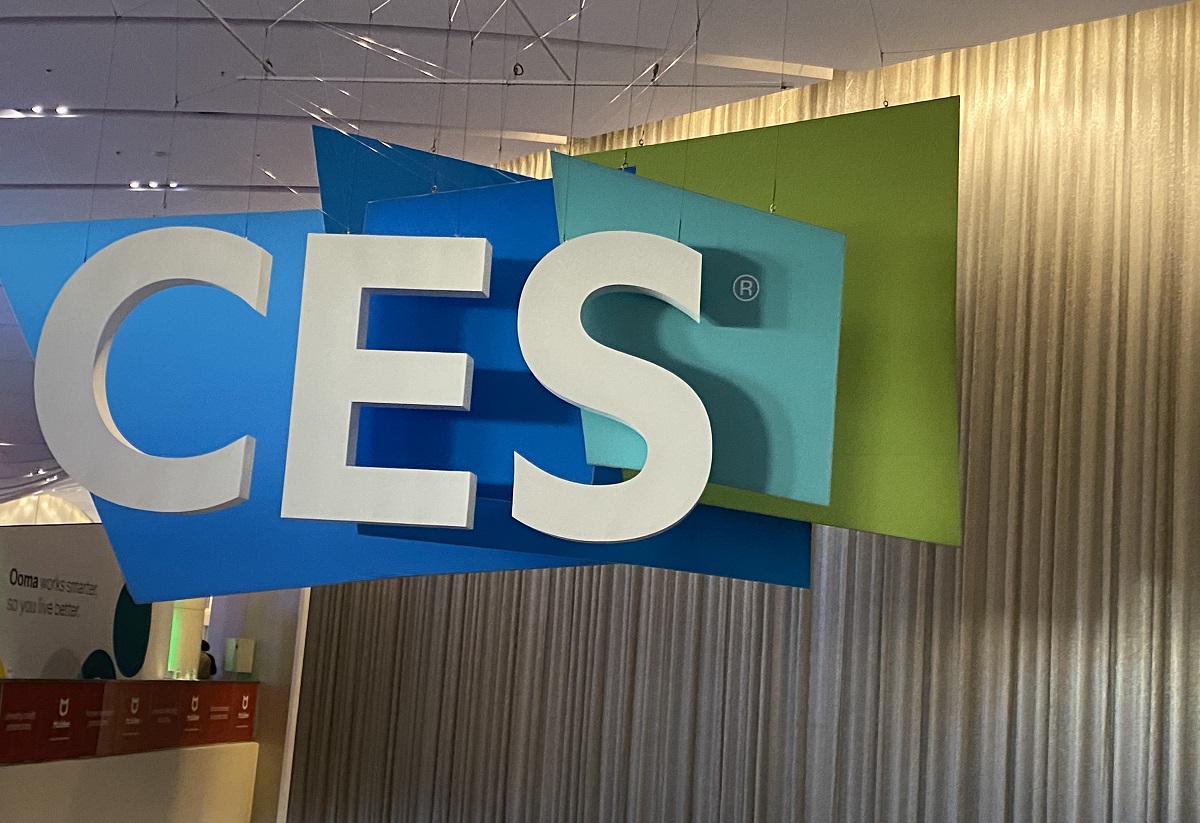I have just about wrapped up my trip to CES 2020, the big tech trade show in Las Vegas. I walked more than 37.45 miles (over 84,385 steps) this week to scout for the best ideas and products of the show.
In the name of consumerism, I took in as much of the 2.9 million square feet and as many of the 4,500 exhibitors as I could manage.

Unlock premium content and VIP community perks with GB M A X!
Join now to enjoy our free and premium membership perks.
![]()

![]()